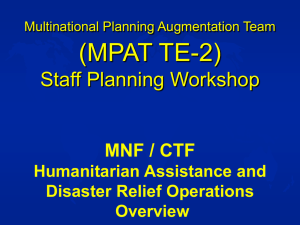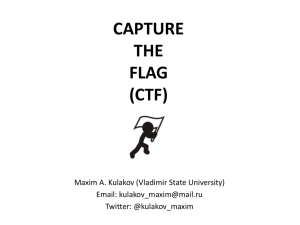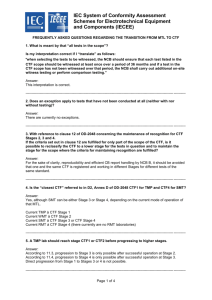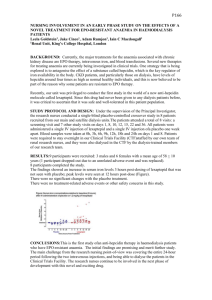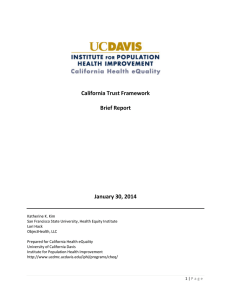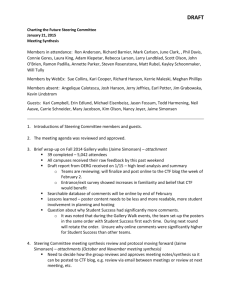Trust Environment Framework Report
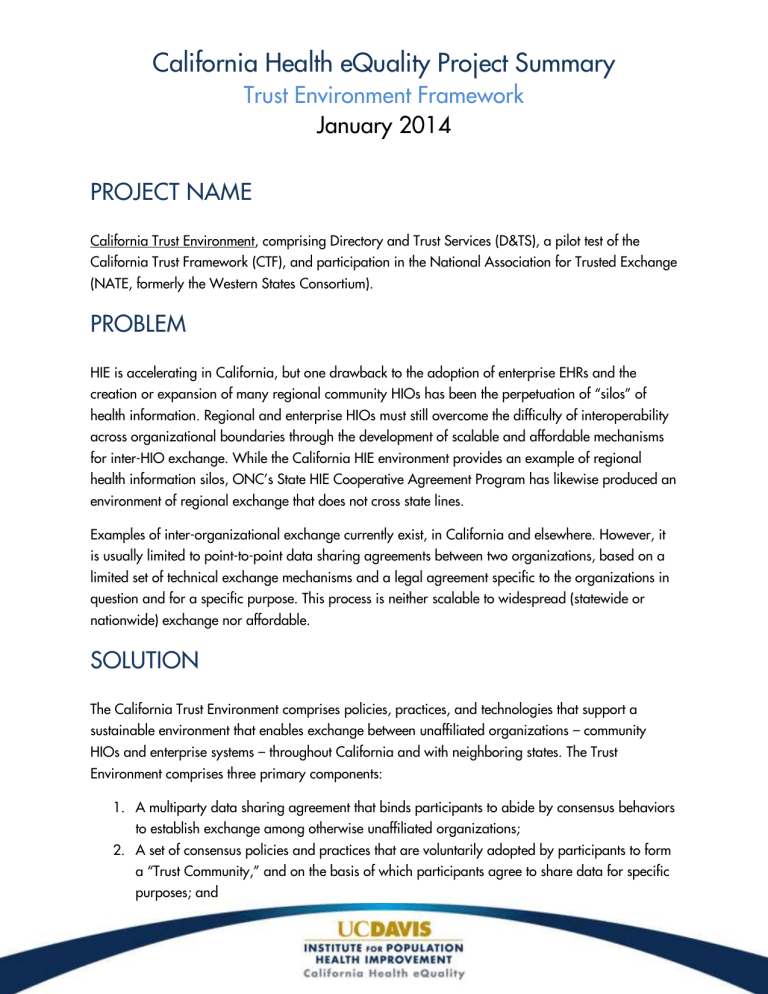
California Health eQuality Project Summary
Trust Environment Framework
January 2014
PROJECT NAME
California Trust Environment, comprising Directory and Trust Services (D&TS), a pilot test of the
California Trust Framework (CTF), and participation in the National Association for Trusted Exchange
(NATE, formerly the Western States Consortium).
PROBLEM
HIE is accelerating in California, but one drawback to the adoption of enterprise EHRs and the creation or expansion of many regional community HIOs has been the perpetuation of “silos” of health information. Regional and enterprise HIOs must still overcome the difficulty of interoperability across organizational boundaries through the development of scalable and affordable mechanisms for inter-HIO exchange. While the California HIE environment provides an example of regional health information silos, ONC’s State HIE Cooperative Agreement Program has likewise produced an environment of regional exchange that does not cross state lines.
Examples of inter-organizational exchange currently exist, in California and elsewhere. However, it is usually limited to point-to-point data sharing agreements between two organizations, based on a limited set of technical exchange mechanisms and a legal agreement specific to the organizations in question and for a specific purpose. This process is neither scalable to widespread (statewide or nationwide) exchange nor affordable.
SOLUTION
The California Trust Environment comprises policies, practices, and technologies that support a sustainable environment that enables exchange between unaffiliated organizations – community
HIOs and enterprise systems – throughout California and with neighboring states. The Trust
Environment comprises three primary components:
1.
A multiparty data sharing agreement that binds participants to abide by consensus behaviors to establish exchange among otherwise unaffiliated organizations;
2.
A set of consensus policies and practices that are voluntarily adopted by participants to form a “Trust Community,” and on the basis of which participants agree to share data for specific purposes; and
Page 1
California Health eQuality Project Summary
Trust Environment Framework
January 2014
3. A lightweight technical infrastructure that enables organizations to discover exchange participants and verify their agreement to comply with consensus behaviors.
The California Association of Health Information Exchanges (CAHIE) is completing a draft of a proposed “California DURSA,” based on the national Data Use and Reciprocal Support Agreement
(DURSA) used by Healtheway to support the eHealth Exchange (formerly the Nationwide Health
Information Network). This document will comprise the multiparty data sharing agreement required by the Trust Environment.
The California Trust Framework (CTF) is designed to facilitate exchange across organizational boundaries by establishing trust between organizations without the need for point-to-point datasharing agreements .
1 CTF comprises a set of consensus policies and practices that specify the behavior of participating organizations in the exchange of health information using Direct and query/response specifications for Exchange, as well as provider discovery using federated provider directories. Draft policies and practices, and procedures for on-boarding organizations, were developed and pilot tested in the second half of 2013.
The Directory and Trust Services (D&TS) component of CHeQ’s activities supports the CTF by providing the means for establishing participating organizations’ attestation to adoption of the policies and practices that govern inter-organizational exchange. It includes web services for publishing Trust Bundles – the set of digital certificates that establish membership in the CTF Trust
Community – and web services to discover individual and organizational exchange partners among
CTF participants.
CHeQ provides policy and technology leadership in NATE activities that are establishing policies and practices for interstate exchange. CHeQ publishes the NATE Trust Bundles, and participates in federated provider directories for California.
1 See the CHeQ wiki at http://cheq.wikispaces.com/Trust+Framework for more information on the California Trust Framework.
Page 2
California Health eQuality Project Summary
Trust Environment Framework
January 2014
RATIONALE FOR SOLUTION
Point-to-point data sharing agreements and point-to-point technical solutions for inter-organizational exchange are not scalable or affordable. The CTF and D&TS represent a scalable means for establishing exchange among unaffiliated organizations that is based on a multiparty agreement, consensus policies, and a common set of national technical standards that is suitable for statewide exchange in California, interstate exchange through NATE, and ultimately nationwide exchange.
OUTCOME AND NEXT STEPS
The CTF pilot has included nine participants, and has established consensus policies, on-boarding processes, and applications and testing forms. A total of six organizations not only participated in defining the consensus policies, but successfully on-boarded during the pilot period. An initial implementation of D&TS was deployed for use in the CTF pilot and for production use by NATE.
The CTF pilot has informed CalOHII and, importantly, CAHIE on the policies, practices, and technologies that can be used to create and manage a California Trust Framework. We anticipate that CAHIE will adopt and modify, for post-pilot use, the policies and procedures developed in the CTF pilot for use during 2014 and beyond. We also anticipate that D&TS operation will continue under CAHIE governance.
BENEFIT
This solution enables and promotes interoperability among community and enterprise HIOs.
Quantifiable benefits include:
1.
Reduction in the legal costs of establishing inter-HIO data sharing agreements;
2.
Greater adoption of national standards for Direct and Exchange as standardized means for inter-organizational exchange;
3.
Easier identification of individual and organizational providers with which to exchange health information;
4.
More widespread exchange across organizational and state boundaries; and
5.
A national model for inter-organizational exchange
.
Page 3

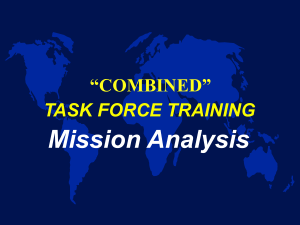
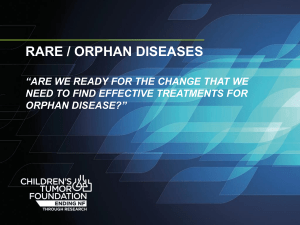
![Cherish the Family [PPT] - National Abandoned Infants Assistance](http://s2.studylib.net/store/data/005476619_1-44768cf7ece3219205cc51da81672e3a-300x300.png)
